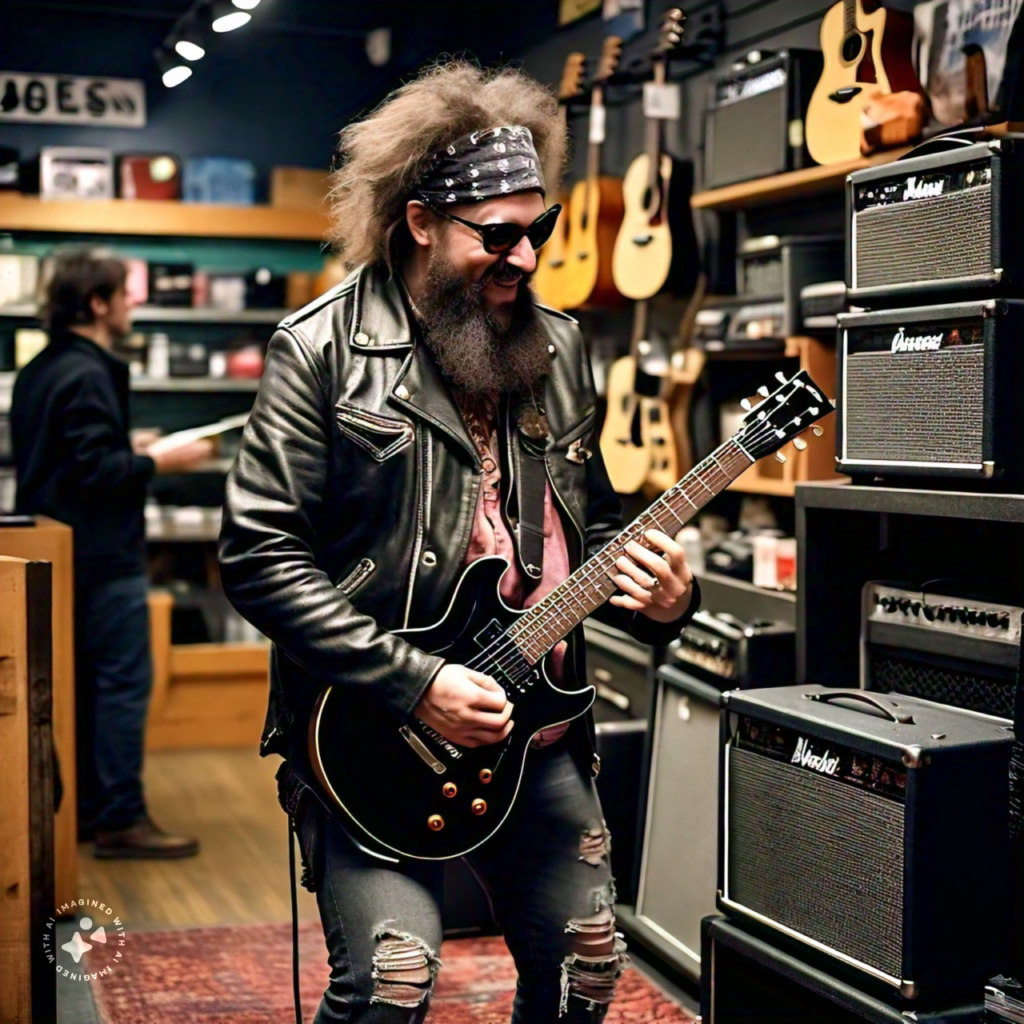A Guide to Guitar Amplifier Shopping
Choosing the right guitar amplifier is a crucial decision for any guitarist. Whether you’re a beginner or a seasoned player, the amplifier you select can significantly impact your sound and playing experience. This guide will walk you through the essential factors to consider when shopping for a guitar amplifier, helping you find the perfect match for your needs. Whether you’re exploring music shops in Silver Lake or taking Los Feliz guitar lessons, understanding these elements will make your amplifier shopping journey smoother and more enjoyable.
Understanding Your Needs
Before diving into the specifics of different amplifiers, it’s important to assess your own needs and preferences. Consider the following questions:
- Playing Environment: Where will you primarily use the amplifier? Is it for home practice, studio recording, or live performances? The setting can greatly influence the type of amplifier you should choose.
- Music Genre: What style of music do you play? Different amplifiers excel in different genres. For example, a classic rock player might prefer the warm tones of a tube amp, while a metal guitarist might opt for a high-gain solid-state amp.
- Budget: How much are you willing to spend? Amplifiers range from budget-friendly options to high-end professional models. Having a clear budget in mind will help narrow down your choices.
Types of Amplifiers
Guitar amplifiers come in several types, each with its own unique characteristics. Understanding these differences is key to making the right decision while amplifier shopping.
1. Tube Amplifiers
Tube amps, also known as valve amps, are revered for their warm, rich tones and dynamic response. They use vacuum tubes to amplify the sound, which can produce a pleasing natural distortion when driven hard. Popular among blues, rock, and jazz musicians, tube amps are often seen as the gold standard for tone. However, they can be more expensive and require regular maintenance.
2. Solid-State Amplifiers
Solid-state amps use transistors instead of tubes to amplify the sound. They are typically more affordable, reliable, and require less maintenance than tube amps. Solid-state amps are known for their clean, crisp sound and are favored by genres that demand a precise and uncolored tone, such as metal and pop.
3. Modeling Amplifiers
Modeling amps use digital technology to emulate the sounds of various amplifiers and effects. These amps offer a wide range of tones and are highly versatile, making them an excellent choice for players who enjoy experimenting with different sounds. Modeling amps are also a great option for beginners, as they provide a broad palette of tones in a single, often affordable, package.
4. Hybrid Amplifiers
Hybrid amps combine elements of tube and solid-state technology, often featuring a tube preamp section and a solid-state power section. This design aims to deliver the warm tone of a tube amp with the reliability and affordability of a solid-state amp.
Key Features to Consider
While amplifier shopping, several key features can significantly impact your decision. Here are some important factors to keep in mind:
1. Wattage
The wattage of an amplifier determines its power and volume. Lower wattage amps (1-20 watts) are ideal for home practice and studio recording, offering great tone at manageable volumes. Medium wattage amps (20-50 watts) are suitable for small to medium-sized venues, while high wattage amps (50+ watts) are designed for large venues and outdoor performances. Remember, more wattage doesn’t always mean better sound—it’s about matching the amp to your specific needs.
2. Speakers
The size and quality of the speakers in your amplifier affect the overall sound. Common speaker sizes include 8-inch, 10-inch, and 12-inch, with larger speakers generally providing more bass and volume. Some amplifiers feature multiple speakers for a fuller sound.
3. Effects and Connectivity
Many modern amplifiers come with built-in effects such as reverb, delay, and chorus. These can be a convenient way to enhance your sound without needing additional pedals. Additionally, consider the amplifier’s connectivity options. Features like headphone jacks, USB ports for recording, and auxiliary inputs for playing along with backing tracks can add significant value.
4. Portability
If you frequently travel or play gigs, the portability of your amplifier is an important consideration. Combo amps, which combine the amplifier and speaker in one unit, are generally more portable than separate head and cabinet setups. However, a head and cabinet configuration allows for more customization and potentially better sound quality.
Trying Before Buying
If possible, always try out amplifiers in person before making a purchase. Music stores in areas like Silver Lake and Los Feliz offer a range of amplifiers to test. While amplifier shopping, play it at different volumes and settings to get a true sense of its capabilities. Listen for any unwanted noise or distortion and ensure the amp produces a sound that inspires you.
Where to Shop
When you’re ready to buy, consider both local music stores and online retailers. Stores in Silver Lake and Los Feliz often have knowledgeable staff who can provide personalized recommendations and allow you to test various models. Online retailers typically offer a wider selection and competitive prices, but be sure to check return policies and customer reviews.
Conclusion
Amplifier shopping can be a rewarding experience when you understand your needs and know what to look for. Whether you’re browsing shops around Los Angeles, studying at Los Feliz Guitar Lessons, or exploring online options, the right amplifier can elevate your playing and bring out the best in your guitar. By considering the type of amplifier, key features, and your specific requirements, you’ll be well-equipped to make an informed decision and find the perfect amp to suit your musical journey.

